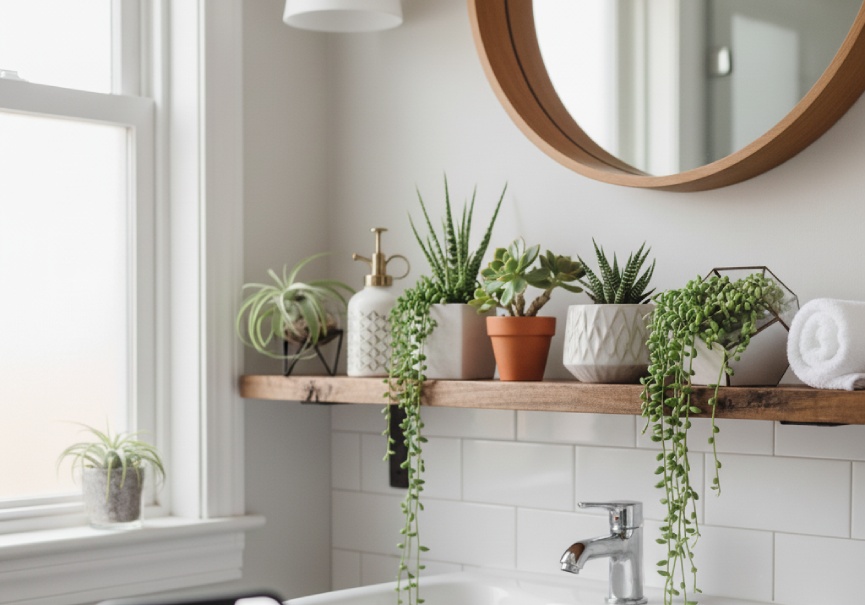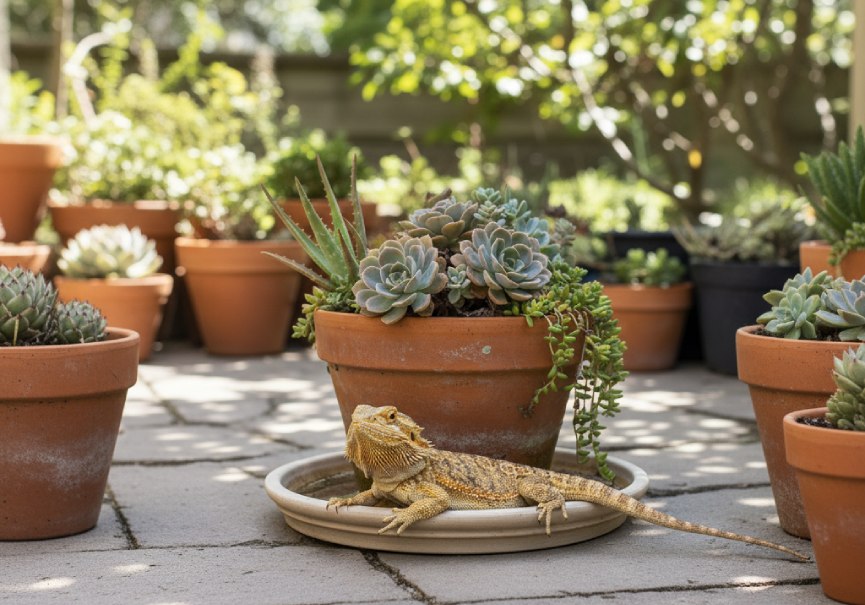Haworthia Obtusa: A Delightful Succulent for Plant Lovers

Introduction
Among the many dazzling members of the succulent world, few are as captivating as the Haworthia Obtusa succulent. With its glassy green rosettes and translucent leaf tips, this charming little plant is often described as a “living jewel.” Compact, resilient, and wonderfully low-maintenance, it’s an ideal choice for both beginners and collectors.
Native to South Africa, Haworthia Obtusa thrives in warm, dry climates but adapts beautifully to indoor conditions worldwide. In this guide, we’ll explore everything you need to know, from its origins and growing habits to care tips, propagation methods, and common issues. Whether you’re growing it on a sunny windowsill or adding it to a mini succulent garden, this plant is sure to enchant.
Origins and Taxonomy
The Haworthia Obtusa succulent belongs to the Asphodelaceae family and the genus Haworthia, named after the English botanist Adrian Hardy Haworth. Found primarily in the Eastern Cape region of South Africa, these plants grow in rocky crevices and shaded hillsides, adapting to intense sunlight by developing translucent “windows” on their leaves.
Scientific Classification
- Kingdom: Plantae
- Family: Asphodelaceae
- Genus: Haworthia
- Species: H. obtusa
This natural adaptation, the clear leaf tips, allows sunlight to penetrate deeper into the plant’s tissue for photosynthesis, helping it survive in partially shaded environments.
Distinctive Features and Morphology
Transparent Leaves
The hallmark of Haworthia Obtusa is its plump, glossy green leaves with clear, jelly-like tips. These windows give the plant an almost crystalline appearance when sunlight passes through a feature that has made it a favorite among succulent enthusiasts and photographers alike.
Compact Rosette Growth
Haworthia Obtusa grows in tight rosettes measuring around 2–3 inches (5–8 cm) across. Each leaf is thick and fleshy, storing water for long dry periods. The overall shape resembles a cluster of glass bubbles, perfectly symmetrical and mesmerizingly luminous.
Flowering
During late spring or early summer, mature plants send out slender flower stalks that can reach up to 12 inches tall. Small white flowers bloom along the stem, delicate, tubular, and understated, adding a touch of elegance to this miniature wonder.
Varieties and Cultivars
Over time, hybridization and selective cultivation have produced several striking Haworthia Obtusa varieties. Some popular ones include:
- Haworthia Obtusa ‘Cooperi’ – A fan-favorite with exceptionally translucent leaves resembling glass marbles.
- Haworthia Obtusa ‘Truncata’ – Known for its flatter, truncated leaves with wide transparent tips.
- Haworthia Obtusa ‘Murasaki’ – Displays a purplish hue under strong light, making it stand out among green varieties.
- Haworthia Obtusa ‘Cat’s Eye’ – Named for its glowing, lens-like appearance under light.
Collectors often prize these variants for their subtle differences in transparency, leaf structure, and color, each one a natural work of art.
Ideal Growing Conditions
1. Light Requirements
The Haworthia Obtusa succulent prefers bright, indirect light. While it can tolerate some direct morning sun, harsh afternoon rays can cause sunburn or leaf discoloration.
- Indoors: Place near an east or west-facing window with filtered sunlight.
- Outdoors: Keep in a shaded spot or under 50% shade cloth.
Too little light causes the leaves to stretch and lose their vibrant gloss, while too much sunlight can turn them pale or brown.
2. Temperature and Humidity
This succulent thrives best between 65°F and 80°F (18°C–27°C). It’s not frost-tolerant; exposure to freezing temperatures can damage its water-filled leaves.
- In winter: Move your plant indoors if temperatures drop below 50°F (10°C).
- Humidity: Prefers dry conditions; average household humidity is perfect.
3. Soil and Potting Mix
A well-draining soil mix is critical. Use a succulent or cactus blend, or make your own by combining:
- 50% potting soil
- 25% pumice or perlite
- 25% coarse sand or gravel
Avoid retaining moisture around the roots, as soggy soil leads to rot. Clay or terracotta pots are best, allowing excess moisture to evaporate quickly.
4. Watering Schedule
Like most succulents, the Haworthia Obtusa follows the “soak and dry” method:
- Water deeply when the soil is completely dry.
- Allow water to drain out fully.
- Reduce watering in winter, when the plant enters semi-dormancy.
Overwatering is the most common mistake. Look for soft, translucent leaves as a sign of excess moisture.
5. Fertilization
While Haworthia Obtusa doesn’t need heavy feeding, a mild boost can encourage healthy growth:
- Apply a diluted succulent fertilizer (half-strength) once a month during the active growing season (spring and summer).
- Avoid fertilizing in winter.
Propagation Methods
1. Offset Division (Best Method)
Haworthia Obtusa produces small “pups” or offsets around its base. To propagate:
- Gently remove the parent plant from the pot.
- Detach offsets with a clean knife, ensuring each has some roots.
- Let them dry for 1–2 days.
- Replant in fresh succulent soil.
Within weeks, new growth appears, a simple and rewarding process.
2. Leaf Cuttings
Propagation through leaves is trickier but possible:
- Twist off a healthy leaf near the base.
- Let it callus for several days.
- Place in well-draining soil and mist lightly.
Roots and new shoots may emerge after several weeks under proper light and moisture.
3. Seed Propagation
For advanced growers, seed propagation offers variety but requires patience. Sow seeds in a sterile, sandy medium and keep slightly moist in a warm, bright environment. Germination can take several weeks to months.
Common Problems and Solutions
| Problem | Cause | Solution |
|---|---|---|
| Soft, mushy leaves | Overwatering | Let soil dry completely; repot if roots are rotted |
| Leaves turning red or brown | Too much direct sunlight | Move to filtered light |
| Stretching (etiolation) | Low light | Relocate to brighter area |
| White spots or pests | Mealybugs or scale insects | Use neem oil or insecticidal soap |
Decorative Uses and Benefits
The Haworthia Obtusa succulent is perfect for:
- Desk or shelf décor: Compact size suits small containers.
- Terrariums and glass bowls: Their clarity looks stunning under light.
- Minimalist arrangements: Pairs beautifully with stones and sand.
- Air purification: Like other succulents, it helps refresh indoor air.
It’s also non-toxic to pets, making it a safe choice for households with cats or dogs.
Seasonal Care Tips
- Spring/Summer: Active growth, regular watering, fertilizing, and repotting if needed.
- Autumn: Gradually reduce watering.
- Winter: Dormant phase minimal water, no fertilizer, protect from cold drafts.
FAQs
1. Is Haworthia Obtusa good for beginners? Ans:- Yes, it’s one of the easiest succulents to grow and is perfect for beginners.
2. How often should I water my Haworthia Obtusa? Ans:- About every 2–3 weeks in summer and once a month in winter, always check that the soil is dry first.
3. Can Haworthia Obtusa survive in low light? Ans:- It tolerates low light but grows best in bright, indirect sunlight.
4. How big does Haworthia Obtusa get? Ans:- Usually 2–3 inches tall and wide, though clusters can spread larger with age.
5. Why are the leaves losing transparency? Ans:- Likely due to insufficient light or overwatering. Adjust lighting and let the soil dry.
6. When should I repot it? Ans:- Every 2–3 years, preferably in spring.
7. Is it safe for pets? Ans:- Yes, Haworthia Obtusa is non-toxic to cats and dogs.
8. Can I keep it in a terrarium? Ans:- Yes, as long as there’s good ventilation and not too much moisture.
9. Does it need pruning? Ans:- Only to remove dead leaves or faded flower stalks.
10. How long does it live? Ans:- With proper care, Haworthia Obtusa can thrive for over a decade!
Conclusion
The Haworthia Obtusa succulent is truly a gem among houseplants, beautiful, resilient, and rewarding to grow. With its glassy charm, minimal care requirements, and compact form, it brings life and tranquility to any indoor space. Whether you’re a beginner discovering the joy of succulents or a collector expanding your display, this plant is a small masterpiece of nature, proof that even the tiniest greens can shine the brightest.






